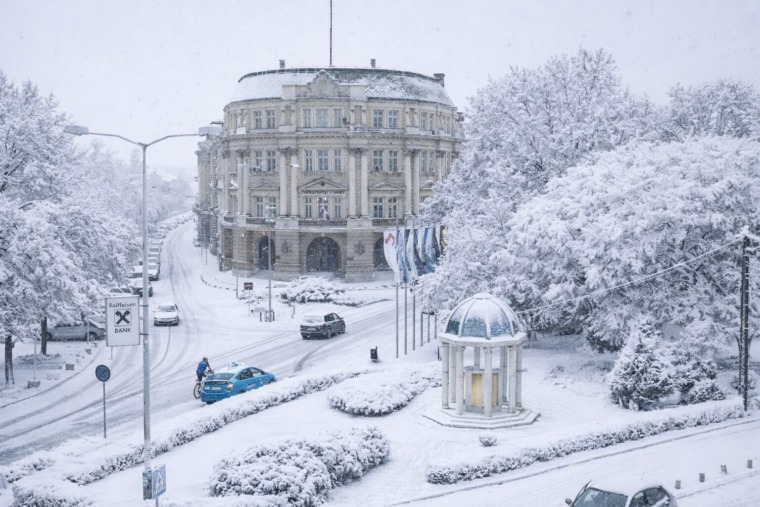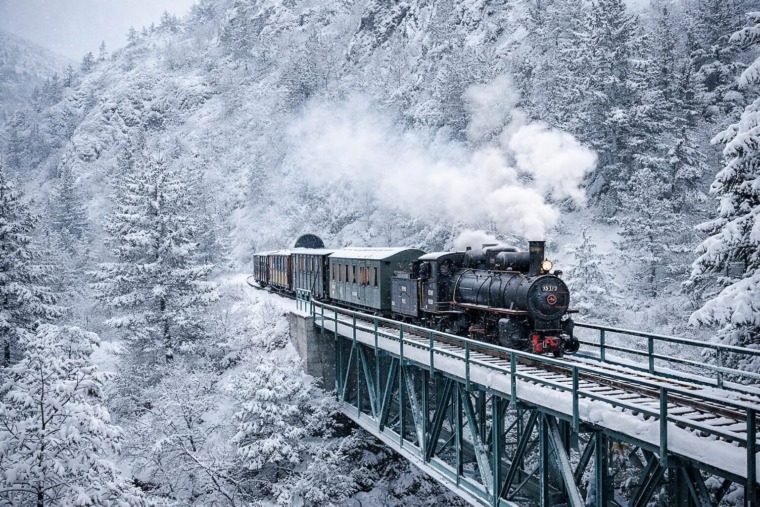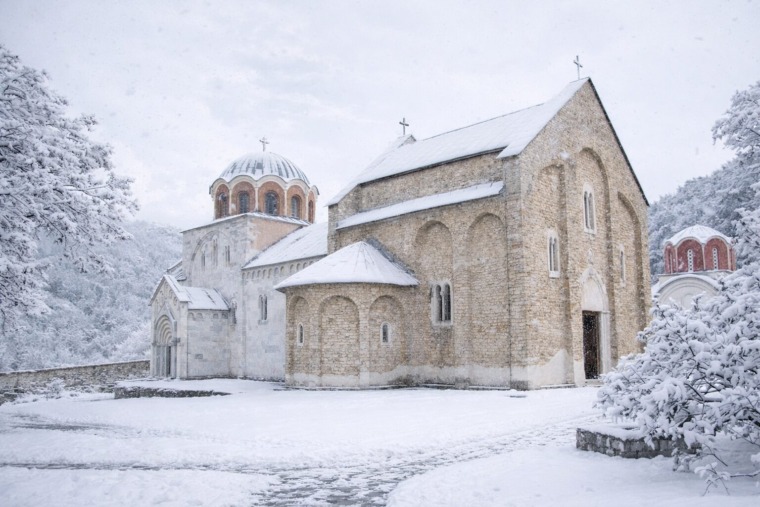

Grape harvests and wine making, grilling paprika and making ajvar (a relish made of red bell paprika), preparing turšija (pickled vegetables) and zimnica (food for winter), picking plums and making rakija…when you see it and smell it, and hear the music coming from celebrations and festivals – only then you know that autumn has arrived in Serbia.
Once the days become shorter and evenings start hiding in the mist, and colorful fruits ornate trees and bushes already turning yellow, there are particularly good reasons in Serbia for celebrations. At that time autumn starts spreading scents, flavors and colors from its secret treasury to indulge all the senses.
For generations there is a habit of treating autumn fruits in a particular manner, especially when they are used for making food and drinks that over centuries have become such a significant part of the Serbian tradition.
Grape harvests, grilling paprikas and making rakija (Serbian national drink, a kind of brandy) have almost become true traditional rituals, and with time competitions, celebrations and entire festivals with hundreds of thousands of visitors have appeared grown around them.
These magnificent manifestations that last for days, embellished with tradition, music and exceptional traditional Serbian cuisine (food and drinks) appealed to numerous visitors and guests from around the world. And by adding the almost innate hospitality and warmheartedness of people of Serbia, the most beautiful memory one can take home is brought to life.
Whether you’re in a village or in a city, streets and alleys become impregnated with smell of paprikas and a subtle sent of burning that will last the entire September.
Paprikas are smoking on old stoves in the backyards and women are making a variety of relishes made of this vegetable that has such significance for us: pindjur (a relish similar to ajvar), boiled, marinated and torn paprika, ljutenica (a hot relish similar to ajvar), and wreaths of paprika.
These wreaths of paprika are particularly interesting since, long after being made and hanged on walls of houses to dry, they act as ornaments and when the time comes, they are used for making hot spices.
Its majesty – ajvar – is what particularly inspires Serbian women to compete in making the best one. Spicy or mild, this relish made of grilled and then stewed paprikas is one of the most favorite dishes in Serbia.
Traditionally the best ajvar is the one from the Leskovac region. It is said that people from Leskovac know exactly on which day to pick paprika, and that seems to be the very secret of the most delicious ajvar on earth. That is why locals here organize the “Paprika days” – the competition in preparing specialties made of this vegetable.
“Side by side” with ajvar comes plum jam. In autumn when branches become heavy with Serbian favorite dark purple fruit, men make rakija, the famous šljivovica (slivovitz), and their wives make thick jam, slatko (a sweet preserve) and kompot (a sweet preserve made of stewed fruit and sugar).
And while the smells of stewed fruits mix with the smell of the early autumn evenings, another fruit, that every corner of our country abounds with, is waiting to be picked. Drops of purple and golden grapes are being transformed into the best wines. The way to do it is a secret kept by winemakers, but everyone is invited to the grape harvests.
These folk manifestations have been treasured with such care that they also fascinated numerous poets. “…Ao berbo, tebe žalim kletu, ta šta lepše od tebe na svetu…?” (Hey harvest, I feel sorry for you damned, as is there anything more beautiful in the world than you…?” – Branko Radičević, the famous poet from the town of Sremski Karlovci, posed this question having in mind the grape harvest in his birthplace, on the slopes of mt. Fruška Gora.
Sremski Karlovci, Smederevo, Vršac, Palić, Oplenac and Župa grape harvests are just some of the most visited grape harvests in Serbia during autumn. The second half of September is their time. That is when people from all parts of the country visit the winegrowing regions – to see off the summer and welcome the autumn with music and a glass of local wine that in Župa is even poured from a fountain.
Delights of Serbian gastronomy, tradition and customs during autumn do not end even during the Indian summer in October, as the time comes to dry and smoke meat in special storage rooms and make the best ever pršuta (a dry-cured ham).
Wine casks, buckets with turšija and colorful jars in storage rooms will patiently wait for winter to come, and we’ll be waiting impatiently for the holidays and “slavas” (patron-saint days) to come, and then we’ll enjoy the fruits of our autumn labor and raise our glasses in their honor.
Related Articles

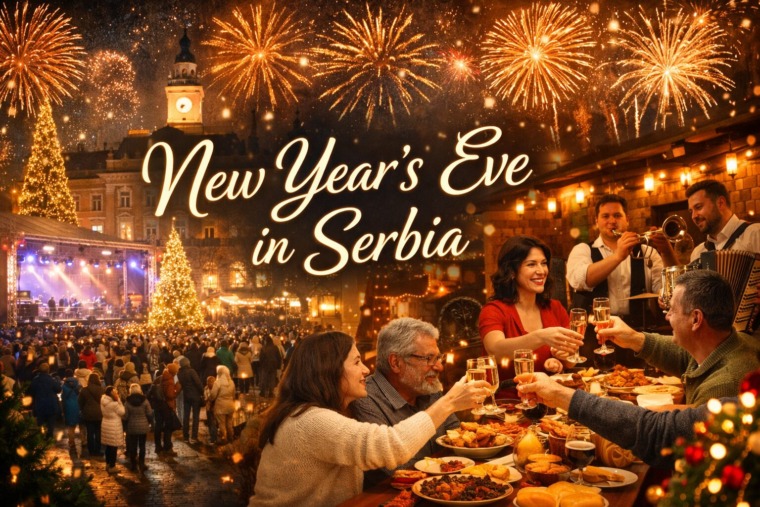
From Fireworks to Family Dinners: New Year’s Eve Across Serbia
December 31, 2025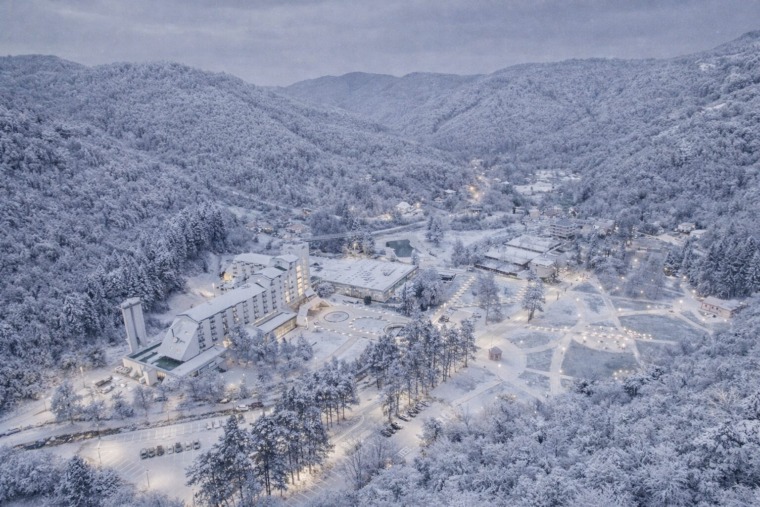
Kuršumlijska Banja: Serbia’s Quiet Winter Spa Escape
December 30, 2025
Novak Đokovic Receives Special Globe Soccer Award in Dubai
December 29, 2025

